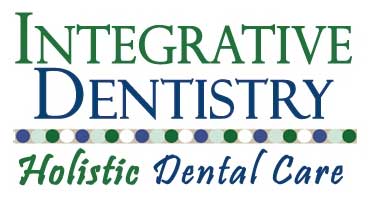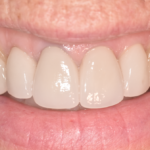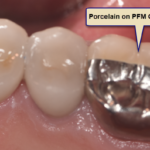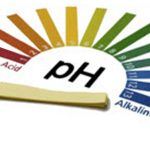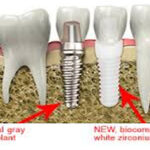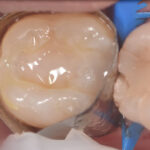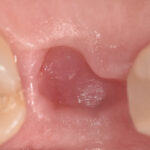The quality and quantity of oxygenation our bodies receive from the air we breathe determines our ability to be energetic and resistant to illness to a large extent, since oxygen is the key ingredient in cellular health. In the upper respiratory tract, the function of the sinuses is key, From a dental point of view, the proximity of the sinuses to the teeth can have an adverse impact if one or the other is sensitive or infected.
At this very moment as you breathe, you are taking in is transporting oxygen through the lungs, into the blood and distributing it throughout your system. As you exhale, carbon dioxide is being expelled. When we have poor posture or are under stress we breathe shallowly, from the chest. The way to breathe most effectively is from the abdomen, pushing it out slightly during inhalation. This causes the diaphragm to be pulled down and allows the lungs to take in more air.
It takes several minutes for the carbon dioxide in our cells to be eliminated from our lungs through breathing. Because of this some of it converts to carbonic acid, which stimulates the brain to increase our breath rate. When we are under extreme stress or overexertion, however, the increase in acidity can overwhelm the medulla oblongata and our breath rate can actually go down, resulting in fatigue. The most balanced way to keep our breathing apparatus toned and healthy is to do moderate, aerobic exercise and breathing practices.
Proper breathing is actually a skill that can be developed. Singers, actors, public speakers and other performers learn about breath to enhance and project the voice. Proper speech is dependent on quality of breath and, as musical fans saw in My Fair Lady, it can be the foundation of our self-image and the image we present to others.

Carey O’Rielly DDS has been a practicing dentist for 35 years. He went to USC Dental School and Duke University for his undergraduate degree. He grew up in Laguna Beach and now lives in La Costa with his wife Victoria, who runs his office.
He began his career by owning and operating a network of six offices in the San Francisco Bay Area. Presently he owns a private holistic practice in North County San Diego’s Encinitas.
Dr. O started looking for solutions to his health challenges that resulted from the stress and environmental toxicity that built up over a ten year period running his dental network. He has dedicated himself to learning about oral systemic problems and how dentistry can affect your health. He has applied what he has learned over the last twenty years to ensure he, his staff and his patients are protected from the chemicals and toxic materials found in most dental offices. He has produced an environmentally friendly office that is also peaceful and calm.
He is an expert on dental materials having looked at hundreds of biocompatibility lab tests over the years. He has identified the most bio-friendly materials to use in his practice and which dental materials can be used to replace metal fillings and crowns, including BPA free and fluoride free ‘white’ fillings. He also uses metal-free Zirconia or ceramic implants and PRF (platelet-rich fibrin) grafting materials which come from the patient’s own blood.
Dr. O’Rielly teaches C.E. courses on the systemic effects of gum disease. He is an expert in using phase contrast microscopy for analyzing dental infections, where he shows patients what kind of microbes, i.e. bacteria, amoeba, and yeasts like candida are populating the mouth and affecting the body as a whole.
He has an educational blog and is writing a book on dental health called ‘Hidden Dental Infections: Healing Root Canals and Infected Teeth with the Erbium Laser’ where he discusses dental nutrition, toxic dental materials and the effects of old root canals on inflammation and overall health.
